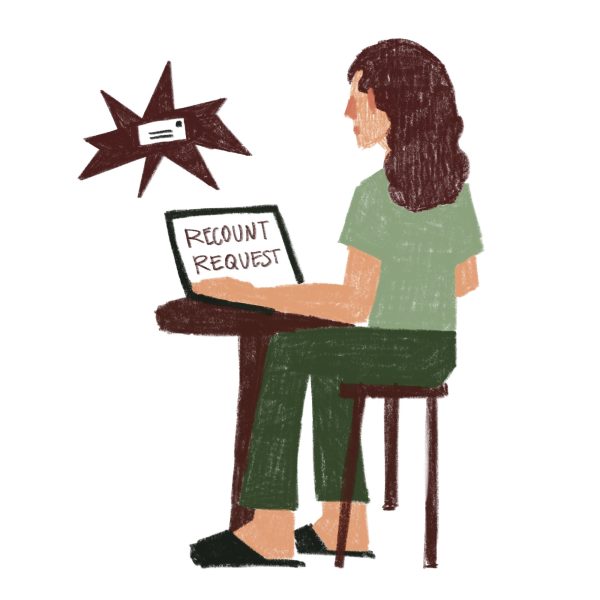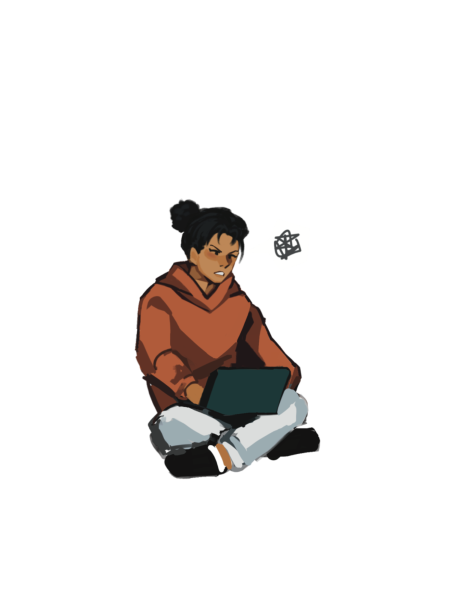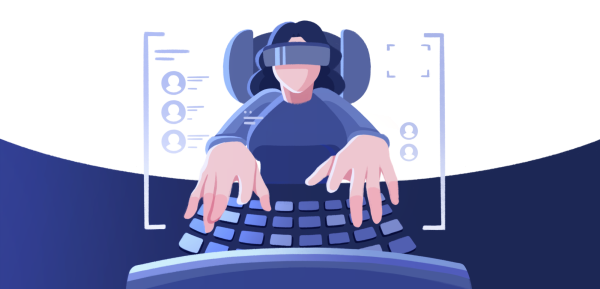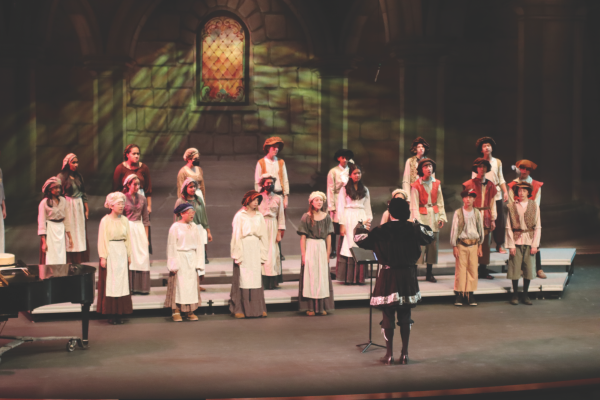New school legislation comes into effect this year
930 bills regarding misconduct and sports injuries, previously signed by Gov. Jerry Brown, now effective as of Jan. 1
State legislators recently passed new laws, some of which pertained to high school, behavioral regulation and students’ needs.
Over 900 new laws passed through the California state legislature in 2014 officially became effective on Jan. 1, including several laws that aim to increase protection against rape, excessive disciplinary action and concussions for high school students.
Gov. Jerry Brown signed 930 bills into laws over the course of 2014, out of the 1,074 bills passed in the legislature. The new laws of 2015 cover a variety of topics ranging from toy gun restrictions to plastic bag bans. Of the nearly 1,000 laws, many pertain to high school students, even stemming from local community issues.
A Saratoga teen’s suicide led to the implementation of Audrie’s Law, Senate Bill 383, passed in August to apprehend juvenile rapists in adult courts. In September of 2012, Audrie Potts was raped while unconscious at a party. Her abusers then posted photos of her body on social media sites.
The new legislation that bears Pott’s name expands the violations that can result in a juvenile’s trial as an adult. Rape of a victim who is “prevented from resisting due to being rendered unconscious” and therefore “incapable…of giving consent” is now among the offenses for which minors can be charged as adults. The law would ensure harsher punishment for perpetrators of incidents similar to that of Potts.
“As a long-time advocate for children, I believe this new legislation will bring justice for victims and update the law to make it relevant to our 21st century ‘connected’ society,” State Sen. Jim Beall said in a March statement prior to the passage of his proposed legislation.
Despite increasing the severity and ease with which to punish adolescent rape, new laws also make expulsion and suspension in high school more difficult for public school administrators.
Assembly Bill 420, passed in September of 2014, restricts school administrations from expelling or suspending students for “disrupting school activities or otherwise willfully defying the valid authority.” The law defines expulsion as a consequence for only some more severe offenses, such as school vandalism or theft.
According to the American Civil Liberties Union (ACLU) of Northern California, approximately 43 percent of suspensions in California schools fell under the category of “willful defiance” of school authorities. The ACLU found that, of the over 600,000 suspensions in the 2012-2013 school year, a disproportionate amount of suspensions punished students of color.
This California law, the first of its kind in the nation, aims to keep students in the classroom, as research supports the conclusion that suspended students are five times more likely to end up in juvenile detention facilities. The law also provides financial support for teacher education on alternative disciplinary procedures to combat disruption and defiance.
While laws like Assembly Bill 420 aim to keep students in the classroom, yet another law aims to keep student athletes off the playing field after suffering injuries.
Assembly Bill 2127 targets practice frequency in contact sports, especially football, and the manner in which high school athletic departments handle concussions.
Past laws required student athletes to sit out of athletic activity if they were believed to have suffered a concussion or other head injury and could only return after evaluation by a healthcare provider. The recently passed law now requires student athletes to wait a minimum of seven days before returning to contact activities if the health care provider determines that a concussion took place.
Full-contact practices for high school sports will additionally be limited to two sessions a week, with a maximum of 90 minutes in duration.
The bill, passed in June, cites several studies on concussions and their effects on mental health. The California Interscholastic Federation, which organizes high school athletics in California, is among the sports and health organizations that supported the measure. According to the legislation, many states have already taken action to limit full-contact practices.
“This is a strong step toward protecting our young athletes from both near and long-term brain injury,” state Senator and bill author Ken Cooley said in a July press release. “This is a reasonable and common-sense measure that will help protect our student-athletes.”
Be it at parties, in the classroom or on the playing field, California state legislature has proven to have students’ needs in mind for 2015.
Your donation will support the student journalists of Palo Alto High School's newspaper













